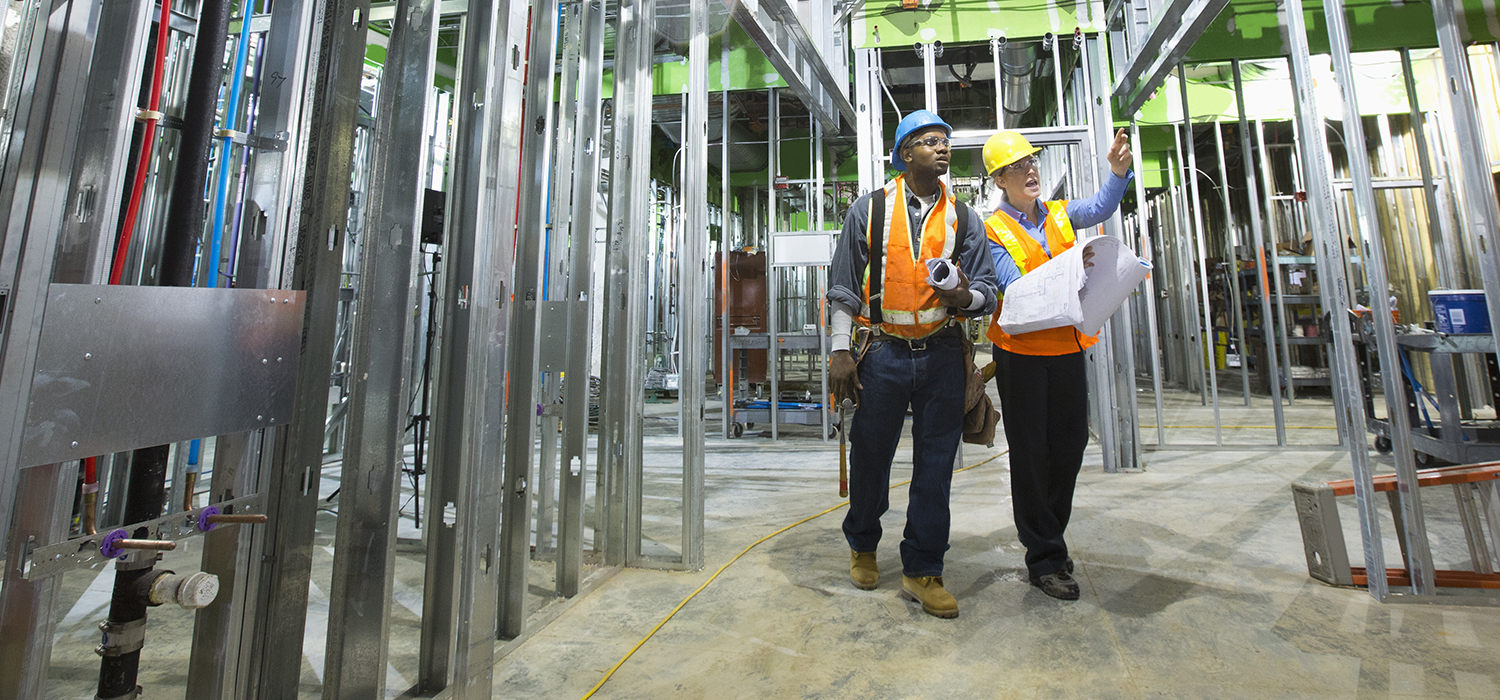
<p>Jetta Productions Inc/Getty Images</p>
As cities look to recover equitably from the COVID-19 pandemic, policymakers from both sides of the aisle are looking to place-based programs like the New Markets Tax Credit (NMTC) Program and Opportunity Zones (OZs) to regrow local economies and improve quality of life in low-income neighborhoods. These policies differ from person-based policies, such as the earned income tax credit or unemployment insurance, that target people based on their individual or household characteristics, such as income or employment status. The US federal government spends at least $10 billion on place-based jobs policies each year, and states spend another $50 billion. Some have argued that place-based programs like these can be an effective source of equity for Black businesses.
But do place-based incentives attract new investment, or do they provide tax subsidies to private companies who would already have invested in those neighborhoods? And do these programs help incumbent residents with low incomes or speed gentrification and displacement? We’ve already explored these questions with respect to the OZ program, and others are now researching its neighborhood-level effects. Early evidence suggests OZs have had little impact on property prices and that observed price increases are driven by the higher end of the OZ market, challenging the overall societal and economic benefits of the program. And a recent report from the Joint Committee on Taxation finds OZ capital has flowed disproportionally to relatively more affluent and appreciating zones.
Recently, we analyzed the NMTC to better understand these questions. We found NMTC investments generate significant economic activity and new jobs, but there are opportunities for policymakers to adapt the program to expand benefits for existing residents with low incomes.
What do we know about NMTCs?
The NMTC Program provides federal tax credits to attract private investment into underresourced communities. NMTCs support a wide range of projects, including hotels, arts centers, office buildings, charter schools, medical clinics, day care centers, large commercial developments, small-business expansions, mixed-use developments, and homes for sale.
We investigated more than 5,700 NMTC projects that were facilitated by $55 billion in qualified investments into nonprofits and businesses. We found that NMTC investments are associated with large increases in local economic activity following a project, including reductions in poverty and increases in the median income and the number of firms, jobs, and residents with jobs.

It appears businesses were already growing before the NMTC-financed projects entered a neighborhood and that growth continued after NMTC projects launched.

Looking just at NMTC projects likely to create jobs, we estimated an additional 101 jobs in the project’s census tract. New jobs created by the NMTC might go to people who live outside of the neighborhood. Our research shows an increase in the number of adults with college degrees living in neighborhoods after NMTC projects. That increase is large enough to account for the modest estimated increases in residents with jobs. These results suggest the gains following an NMTC project may accrue from new residents rather than preexisting residents, though further research is needed.
What can be done to improve these programs to benefit residents with low incomes?
Policymakers can improve place-based programs in the following ways so that they help incumbent residents of low-income neighborhoods:
- Size the incentive based on the impact. Rather than providing the largest incentives to the most profitable projects, place-based incentives could instead depend on projected social effects.
- Select eligible neighborhoods not at risk of displacement and gentrification, and double down on areas of persistent poverty. Policymakers could help ensure place-based incentive programs don’t cause displacement of residents with lower incomes by making eligibility based on both current levels of poverty and need and trends in those measures.
- Support mission-driven funds that are accountable to the community. Policymakers could require a rigorous certification process for each project. As in the case of NMTCs, a competitive allocation process helps drive greater impact.
- Make it easier for community organizations to use these tools. Figuring out how to access a tax credit or OZ project can be daunting, even for advanced organizations. Making the process simpler and more transparent would help smaller organizations.
This new evidence suggests NMTCs can contribute to significant economic growth. But policymakers should consider program improvements. We’re conducting similar evaluations of the US Economic Development Administration (EDA), the Community Development Block Grant (CDBG), and the Choice Neighborhoods program, and together, this body of evidence could improve our understanding of federal approaches to place-based development.
The Urban Institute has the evidence to show what it will take to create a society where everyone has a fair shot at achieving their vision of success.
Let’s build a future where everyone, everywhere has the opportunity and power to thrive
Urban is more determined than ever to partner with changemakers to unlock opportunities that give people across the country a fair shot at reaching their fullest potential. Invest in Urban to power this type of work.